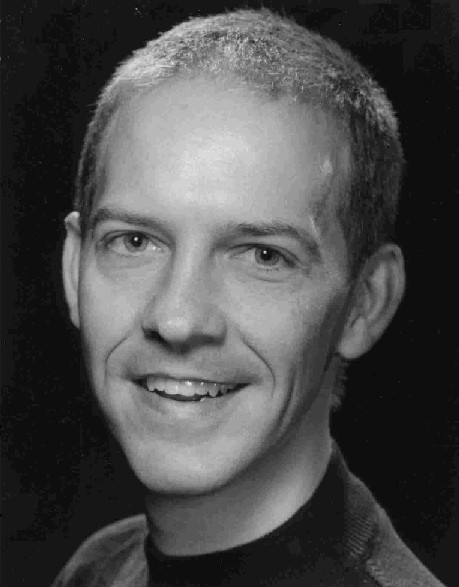 "The New Century" presented by Lincoln Center Theatre at the Mitzi Newhouse Theatre, April 9, 2008
"The New Century" presented by Lincoln Center Theatre at the Mitzi Newhouse Theatre, April 9, 2008Paul Rudnick's latest outing is a collection of four one-acts. He opens with the first of the four one-acts in the evening in "Pride and Joy," expanding on a character that originated in his earlier play "Jeffrey," Mrs. Marcangelo. Now named Helene Nadler and played without apology by Linda Lavin, she is the self-proclaimed "...most tolerant and accepting mother...EVER!!" Ms. Lavin, whose hair has been bleached platinum to the point of blisters in her part and dolled up in Long Island designer drag, is speaking to a parental support group - the PLGTBCCC&O - PFLAG on steroids, it would seem. She recounts how each of her three children came out to her - Leslie the lesbian ("Leslie, what was I thinking?"); Ronnie, the lesbian transgendered Veronica ("For what we spent on hormones, I could have had a new kitchen."); and David, who is gay and into leather as well as a number of initialed interests beyond BDSM ("In this house we use a toilet, not a friend from Tribeca.") She expands a bit on each. Leslie and her partner, who announced their commitment in the paper with a photo ("...Dennis the Menace marries Opie...") are having a baby. Wanting the child to be the ultimate symbol of diversity, they've combined donors of Ethiopian, Vietnamese and Hispanic origin ("Why not just have them add it to the menus they slip under the door?").
"Pride and Joy" is the most successful act of the evening, sold purely on the skill and delivery of Ms. Lavin. She professes her love like a fencer with an epee in a masterful performance.
In "Mr. Charles, Currently of Palm Beach," Peter Bartlett gets stuck with 20+ minutes of stereotype as Mr. Charles in the form of a bare bones public access TV show called "Too Gay" which airs at 3am, once a week. It borders on offensive, but only when it strays from pointless. He does get a clever 60-second history of gay theatre, punctuated by the mention of gratuitous male frontal nudity, both verbally and literally (Shane, played by Mike Doyle, who makes a full tour of the stage perimeter in the altogether.
Jayne Houdyshell greets us next as Barbara Ellen Diggs in "Crafty." Her Mrs. Diggs seems to have suffered from agoraphobia before discovering crafting. Now she's found her purpose in life and travels the country to glamorous spots like the conference room in a municipal building in Decatur, Illinois. She's there to deliver a talk on the importance of crafts in our community. Oh, and her son Hank died of AIDS. She made a square for the AIDS quilt. ("It looks like a cemetery by the Ladies Home Journal.) She came to NYC for the first time after Hank's death during The Gates exhibition in Central Park by Jeanne Claude and Christo. ("...like a county fair at a graduate school...[my friend] Susan said I'd found closure. I said 'Susan, Oprah is just a person.'") This was the first time I had seen Ms. Houdyshell perform. I was anxious to see her following the recognition she'd received in "Well" on Broadway (2006 Tony nomination) and last season's "The Receptionist" at Manhattan Theatre Club. I wish she'd had better material.
Finally all four characters come crashing back together, inexplicably, in the the maternity ward in New York where Leslie has just given birth. The most loving mother is now the most loving grandmother. Mr. Charles and Shane have snuck into town...I can't remember why. And, for some reason, Mr. Charles has chosen to take some time to turn the children in the ward gay through the viewing window. Mrs. Diggs has fallen down in the street and hurt her leg outside Madison Square Garden where she's competing in a cat clothing contest.
Director Nicholas Martin seems to have done best by standing out of the way to let Ms. Lavin and Ms. Houdyshell do what they do best. He's made a valiant effort with Mr. Charles, but I'm not sure if anyone could have done any better, although I think the dance number finale was particularly anti-climatic.
Allen Moyer's sets are functional, as is Kenneth Posner's lighting. William Ivey Long's costumes are typically spot-on from Helene's high-end schmatta to Mr. Charles' upholstery-coordinated ensembles to Mrs. Diggs' polyester ("[worn] without irony.").


No comments:
Post a Comment